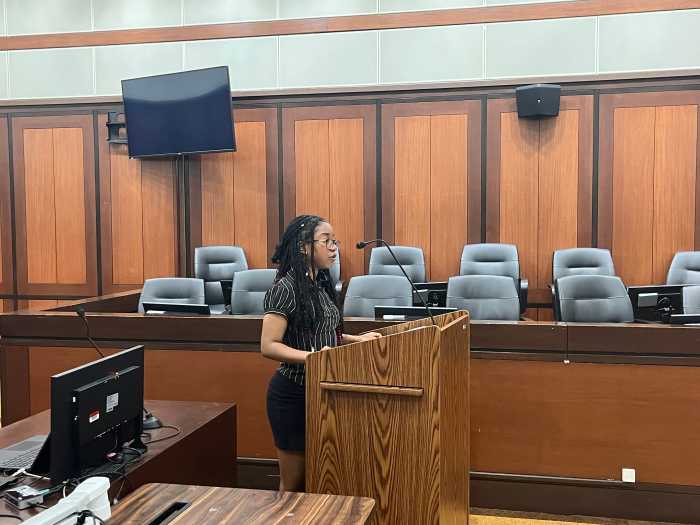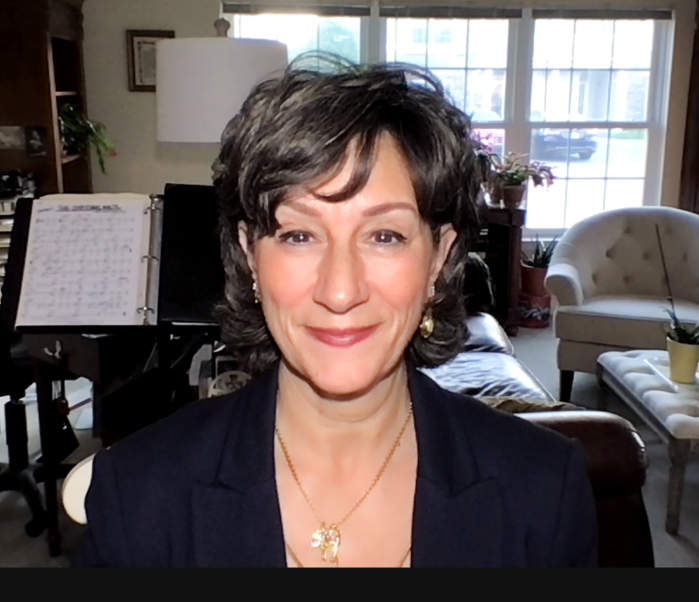The verbal part of the SAT is called the Critical Reading Section for a reason. To excel in this part of the exam you must build up your vocabulary and learn to read critically. There are 19 sentence completions and 48 passage-based reading questions. Passages range from 100 to 850 words. Topics may include science, literature, history, economics, politics, anthropology etc.
To master sentence completions a student must build up his or her vocabulary. He or she must recognize the logic of the sentences using its key words and punctuation. The student must then select what type of words the blank should contain without looking at the answer choices - matching her prediction with the answer choices. The stronger the student’s vocabulary, the easier this part of the exam will be.
One way to build up vocabulary would be through a free subscription to The Word of the Day from www.dictionary.com. Another practical method to increase word power would be to circle any word read during a given day. Place that word on an index card with its definition. After one month, the student should have at least 100 new vocabulary words on these personal flash cards.
Most students find the passage-based reading the most challenging part of the entire SAT. Students claim the passages are boring and this causes them to lose focus and concentration. One way to overcome this obstacle is to learn to read with a positive attitude.
When a reader is involved and interested, that reader will understand what he or she is reading and will not lose concentration. A student must psyche himself up by convincing himself that what he is reading is the most fascinating and enlightening piece of literature ever written!
With this new attitude, lightly skim the passage, underlying key words or phrases that can be referred back to later. Spend no more than 3 minutes reading a passage before attacking the question set. If you are a slow reader, buy a timer and time yourself until your reading pace is up to an acceptable level.
As you read, always ask questions silently in your mind. Such questions should include, “Why did the author write this passage?” “Why did the author use this example to prove his or her point?” In the case of dialogue, keep track of who is speaking. In the case of differing opinions, keep track of who believes what on each side of an argument. Now you are ready to attack the questions.
Fortunately, the passage-based reading questions asked are entirely predictable. There is always a main idea question. There are always questions about information specifically mentioned in the passage. There are questions regarding the tone or mood of the passage. Finally, there are inference questions, which require the student to recognize information not specifically stated in the passage but implied in the passage.
The best way to improve your SAT reading is to read, read, and read!
Do as many practice exams as possible. Practice tests will help familiarize the student with the types of questions and the many traps that the test makers use to lead the reader astray.
The art of critical reading, once mastered, will become a valuable tool in the students’ academic career, for critical reading is a necessary skill to succeed in college.
Steven N. Weisman is an author and private SAT Tutor. Many valuable test strategies and information can be found on his blog and web site https://www.testniques.com.




































